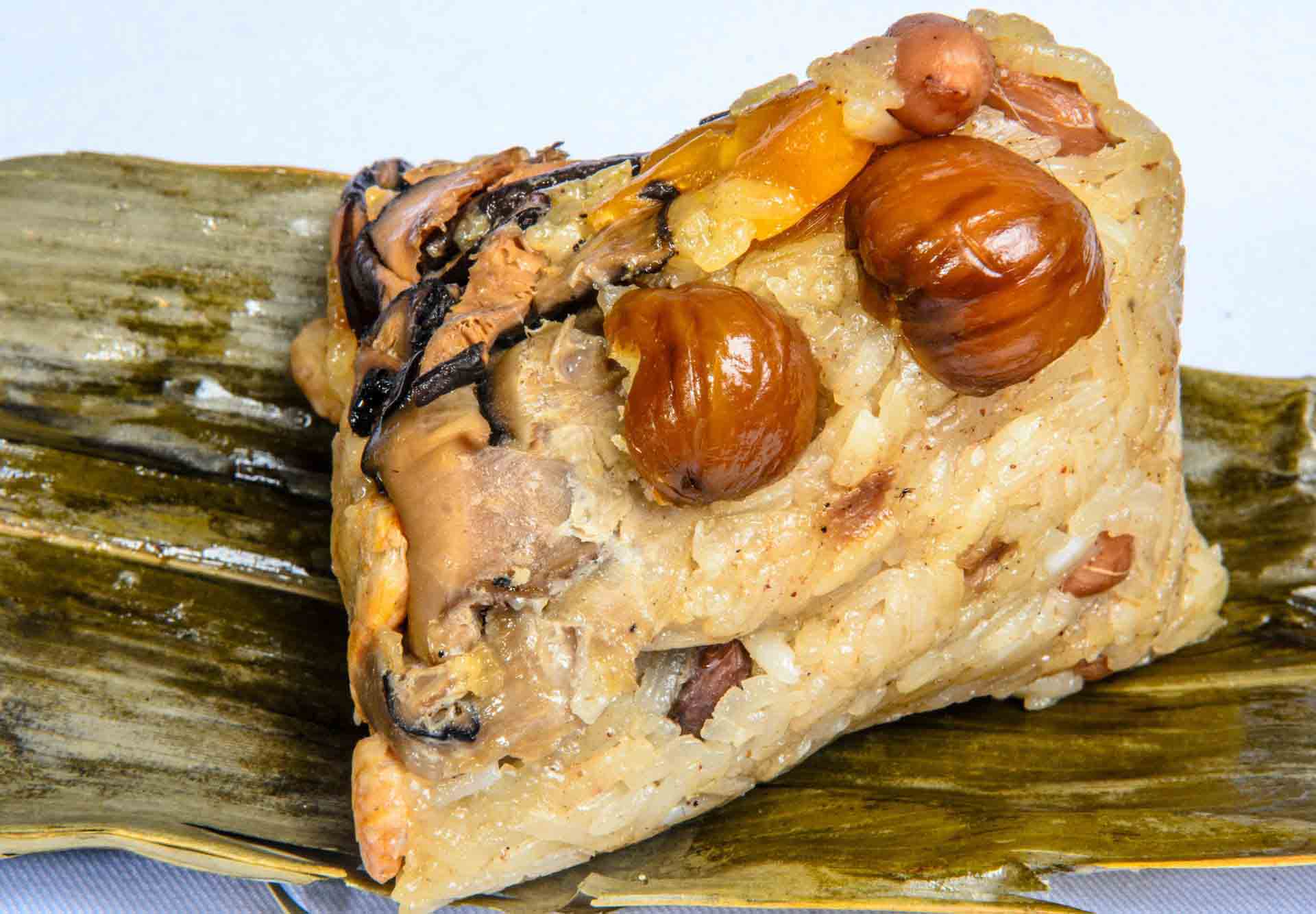If you haven’t tried Cantonese-style zongzi yet, you’re missing out on a delicious and comforting dish that’s akin to the Chinese version of a tamale. The perfect balance of rice, filling, and fragrant leaves makes Cantonese-style zongzi a must-try for anyone who loves Chinese cuisine.
------Advertisement-----
Both salty and sweet varieties exist, and everyone has their preferred one. The zongzi my mom used to prepare, featuring salted duck egg yolks and delicate, fall-apart pork belly, is the only kind I’ll eat.
This delectable snack takes on a variety of forms across Asia. Whenever I was a kid, my family always made our own zongzi, thus, I never saw it for sale. It was a very remarkable occasion. My grandmother and aunt prepared at least three different kinds every time.
------Advertisement-----
Getting ready for the big event took most of the previous evening. You should feel grateful if you’ve ever had one of these made for you; it’s not easy, and only a select few people have mastered the art.
Ingredients:
- 36 to 40 dried bamboo leaves (2 to 3 leaves per zongzi)
- 1 pound pork belly (cut into 12 equal pieces)
- 6 salted duck egg yolks
- 3 Chinese sausages
- 5 cups of uncooked short grain sticky rice
- ½ cup of water
- 2/3 cup of raw peanuts
- 2 tablespoons of light soy sauce
- 2 teaspoons of salt (plus 1/2 teaspoon)
- 2 teaspoons of shaoxing wine
- 1 teaspoon of oil
- 1/2 teaspoon of sugar
- 1/2 teaspoon of ground white pepper
Instructions:
- The leaves must be soaked in water for a full night before use. Each leaf should be washed and rinsed thoroughly the following day, then stored in water in a big bowl or tub until it is time to begin wrapping.
- Don’t forget to soak the sticky rice until morning. Drain entirely the following day. Prepare the rice by combining it with 2 tablespoons of light soy sauce and 2 teaspoons of salt in a large bowl.
- Keep the peanuts in water overnight. Boil for 5 minutes the following day, then drain and reserve.
- Mix the pork belly in a bowl with 2 tsp of light soy sauce, 1/2 tsp of sugar, 2 tsp of shaoxing wine, 1/2 tsp of salt, and 1/4 tsp of white pepper. Marinate for a full day. To achieve the signature savory, umami flavor of zongzi, the pork belly should be made slightly too salty; the rice will absorb any remaining salt.
- Oil needs to be cooked in a wok over medium heat the following day. It’s best to let the pork belly cook for a while before you pour in the water. Cook for 5-10 minutes with the lid on, or until all the liquid has evaporated. Take out of the wok, and set aside to cool.
- The egg yolks should be halved. You should have 12 equal pieces of sausage, so cut them up. Put into individual bowls.
- Use the attached images as a guide to properly enclose the zongzi. Every leaf you use must have the bottom half an inch removed. Check to see that the kitchen twine is sturdy. The twine should be wetted first by soaking it in a dish of water before you begin. Since you’ll only have one free hand, it’s advisable to secure the other end of the twine to a fixed object in the kitchen (like the sink) before you begin tying the zongzi. The zongzi will be in your free hand. Or get some assistance! Any tears in the leaves throughout the wrapping procedure will need you to start over and throw away the damaged leaf.
- If you want to prepare Zongzi properly, you need use a pot of about the right size and stack the dumplings inside of it without leaving any big spaces. A heavy plate should be placed on top of the zongzi to keep them from flying around. Cover the zongzi with cold water in the pot. The pot should be heated over medium-high flames on the stove. After the water comes to a boil, reduce the heat to medium-low and keep it there for at least seven to eight hours.
- While simmering, the water should be “moving,” but there shouldn’t be any big churning bubbles. Ensuring the zongzi is completely submerged in water requires frequent checking of the pot. If the water level needs to be adjusted, only boiling water should be used. While waiting for the 7-8 hours of cooking time, keep a kettle of boiling water on the stove.
- After waiting 7-8 hours, enjoy the zongzi while they’re still hot. Savory zongzi are finest when steaming hot and tasty, whereas sweet zongzi can be consumed at room temperature.
